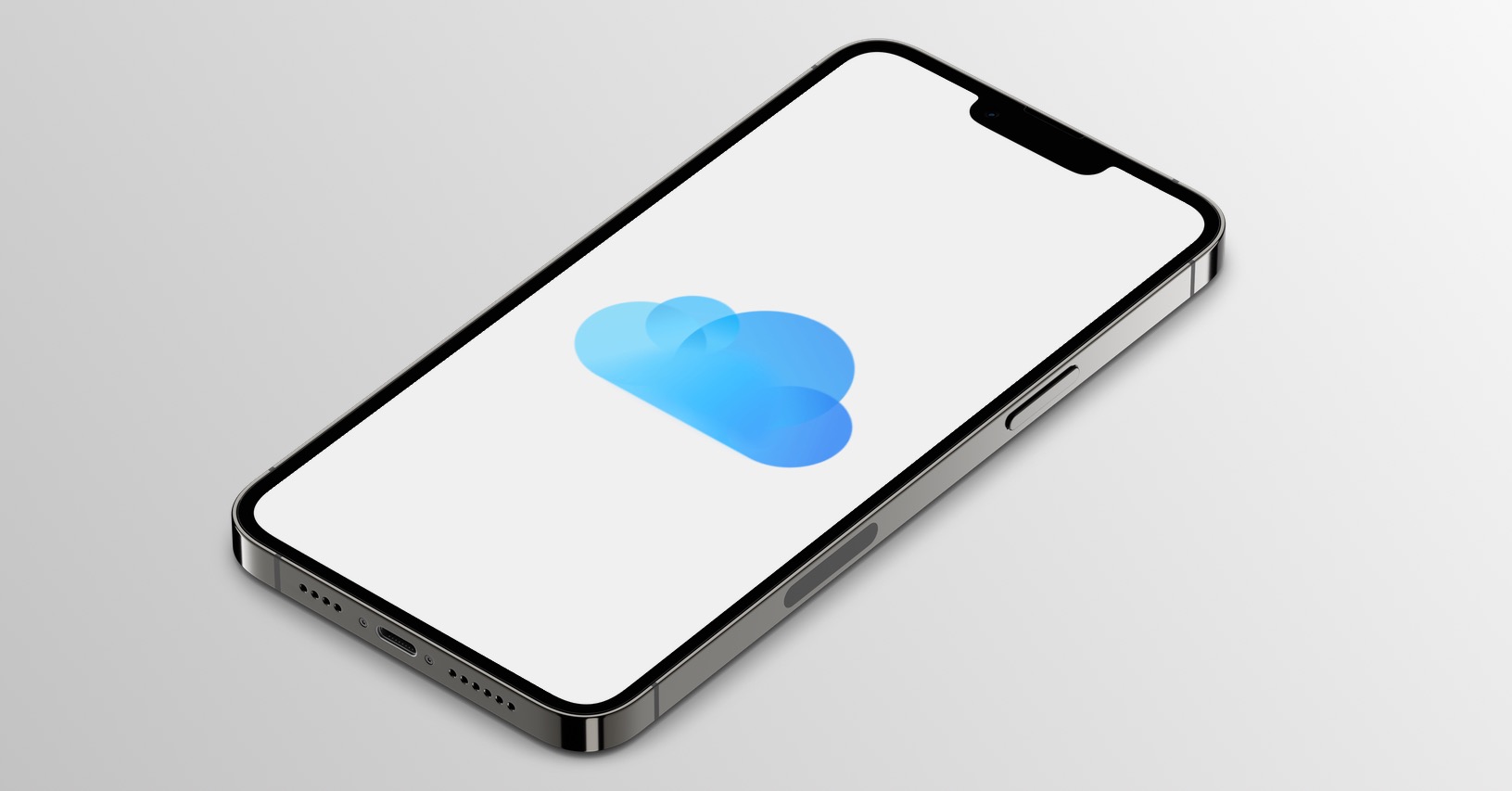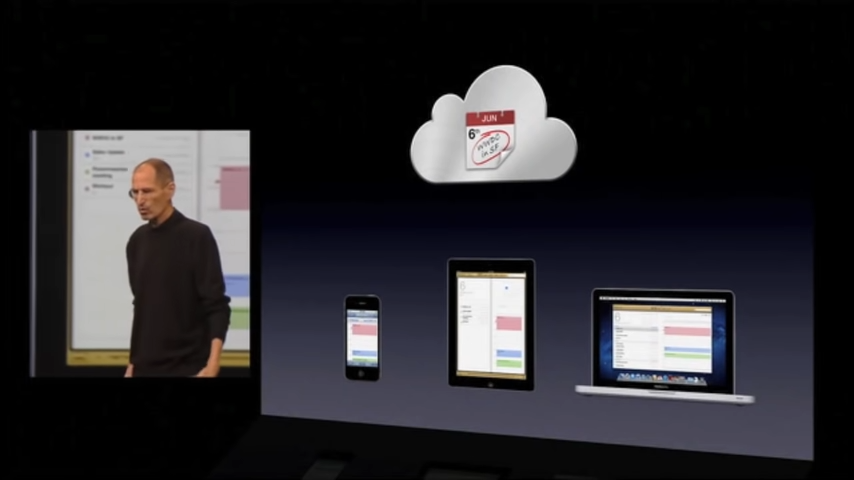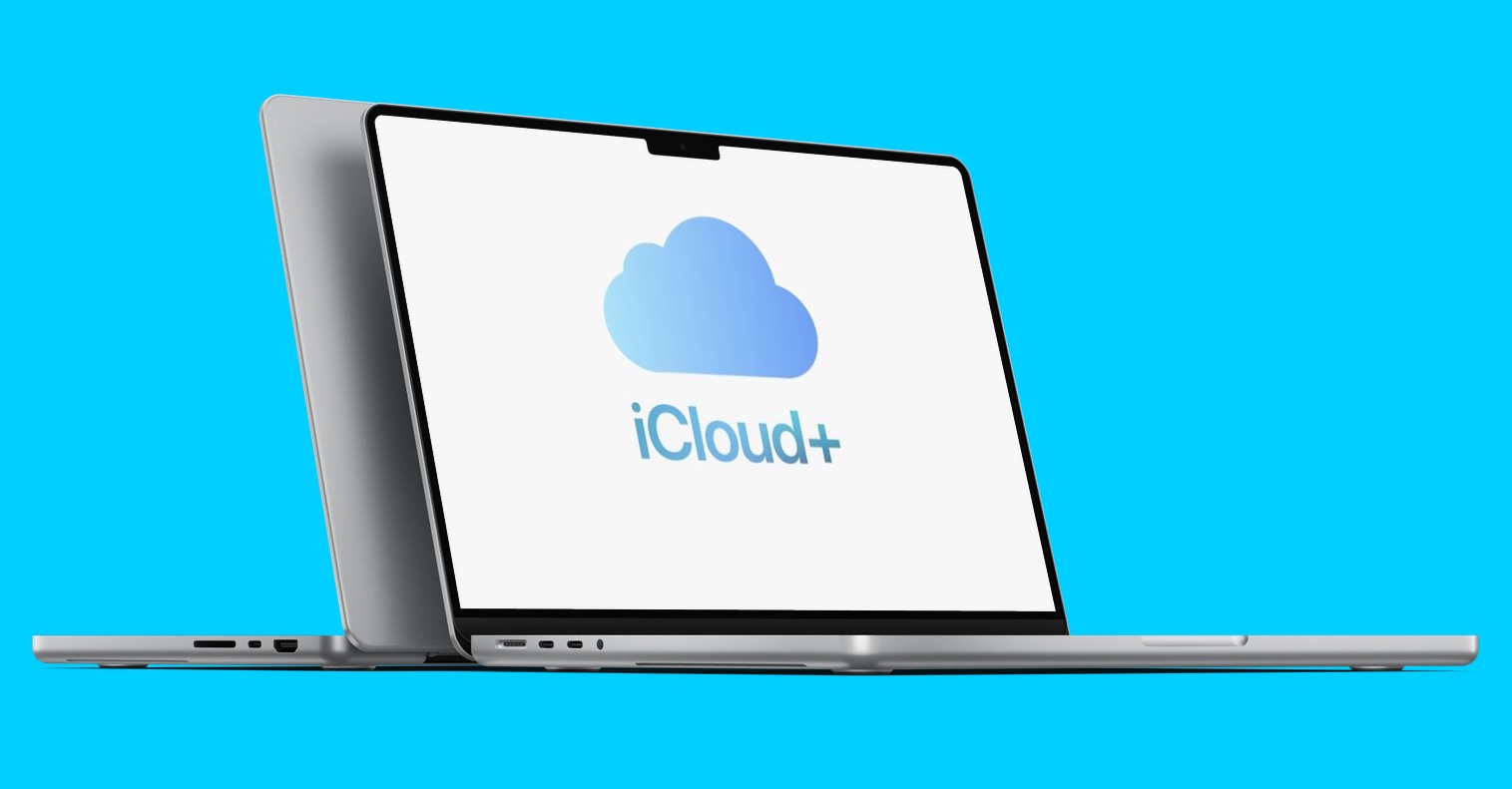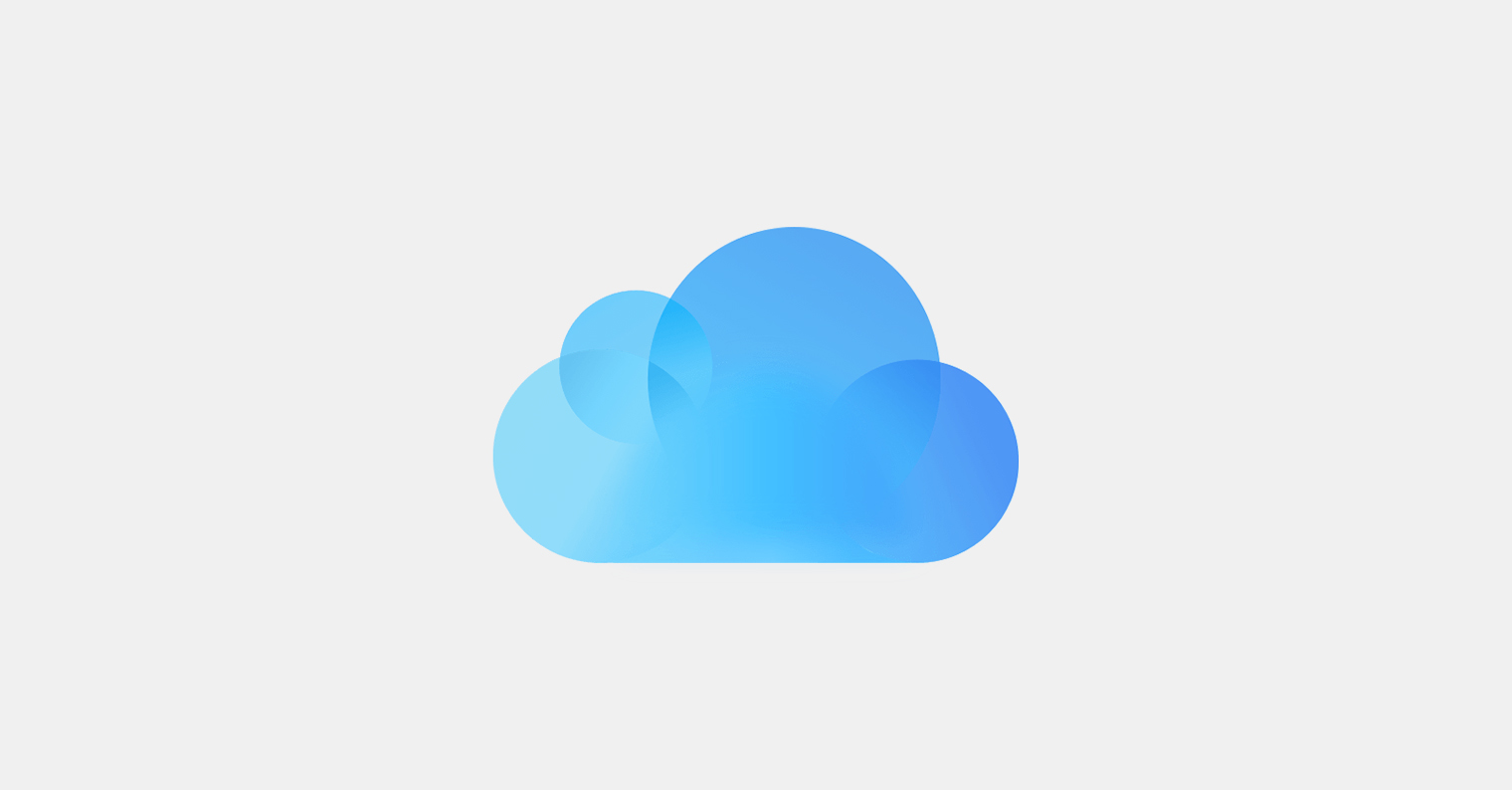An important part of Apple systems is the iCloud service, which takes care of data synchronization across individual products. In practice, iCloud works as Apple's cloud storage and, in addition to the mentioned synchronization, it also takes care of backing up important data. Thanks to this, apple users always have all the necessary files at hand, whether they are working on an iPhone, iPad, Mac, etc. In general, it can therefore be said that the iCloud service perfectly covers the entire Apple ecosystem and ensures that the use of several products is as pleasant as possible for users.
It could be interest you

At first glance, the service sounds great. It is not for nothing that they say that all that glitters is not gold. First of all, we have to draw attention to a rather fundamental difference that distinguishes iCloud from competitors in the form of Google Drive, OneDrive and others. The service is not strictly for backup, but only for synchronization. It can be best explained with an example from practice. If you change or even delete a file within Microsoft OneDrive over the course of days, we can still restore it. The solution additionally versions your documents, which you won't find with iCloud. The fundamental shortcoming is the so-called input or basic storage.
Basic storage is not up to date
As we already mentioned a little bit above, without a doubt the fundamental lack is the basic storage. When Apple first introduced the iCloud service in 2011, it mentioned that each user would get 5 GB of free space, which could be used for files or data from applications. At the time, this was incredibly great news. At that time, the iPhone 4S had just entered the market, which started with 8GB of storage. The free version of Apple's cloud service thus covered more than half the space of the Apple phone. Since then, however, iPhones have moved forward quite fundamentally - today's iPhone 14 (Pro) generation already starts with 128GB of storage.
But the problem is that while iPhones have taken a few steps forward, iCloud is pretty much standing still. So far, the Cupertino giant only offers 5 GB for free, which is pitifully low these days. Apple users can then pay an additional 25 CZK for 50 GB, 79 CZK for 200 GB, or 2 TB for 249 CZK. It is therefore clear that if Apple users are interested in data synchronization and easier use, then they simply cannot do without paying a subscription. On the contrary, such a Google Drive basically offers at least 15 GB. Therefore, apple growers conduct practically endless debates among themselves about whether we will ever see an expansion, or when and how much.

On the other hand, it is necessary to take into account that Apple has always been a step behind in the field of storage. Just look at apple phones or computers. For example, the 13″ MacBook Pro (2019) was still available in a basic version with 128GB of storage, which was simply woefully insufficient. Subsequently, fortunately, there was a small improvement - an increase to 256 GB. It wasn't completely rosy even with iPhones. The basic models of the iPhone 12 started with 64 GB of storage, while it was quite normal for competitors to use twice as much. The changes that Apple fans have been calling for for so long, we didn't get until the next generation iPhone 13. It is therefore a question of how it will be in the case of the aforementioned iCloud. Apparently, Apple is not very keen on changes in the near future.
It could be interest you




On the other hand, 25 CZK for 50 GB is really very little, at least in my eyes, and I think it's an amount that won't ruin anyone.
I don't know why anyone should use iCloud, there are better and cheaper Clouds out there that can do the same thing as iCloud!